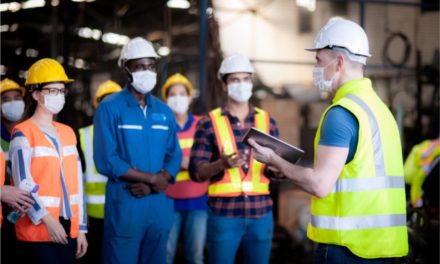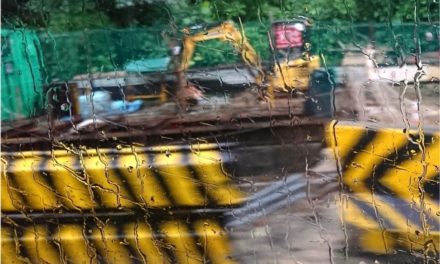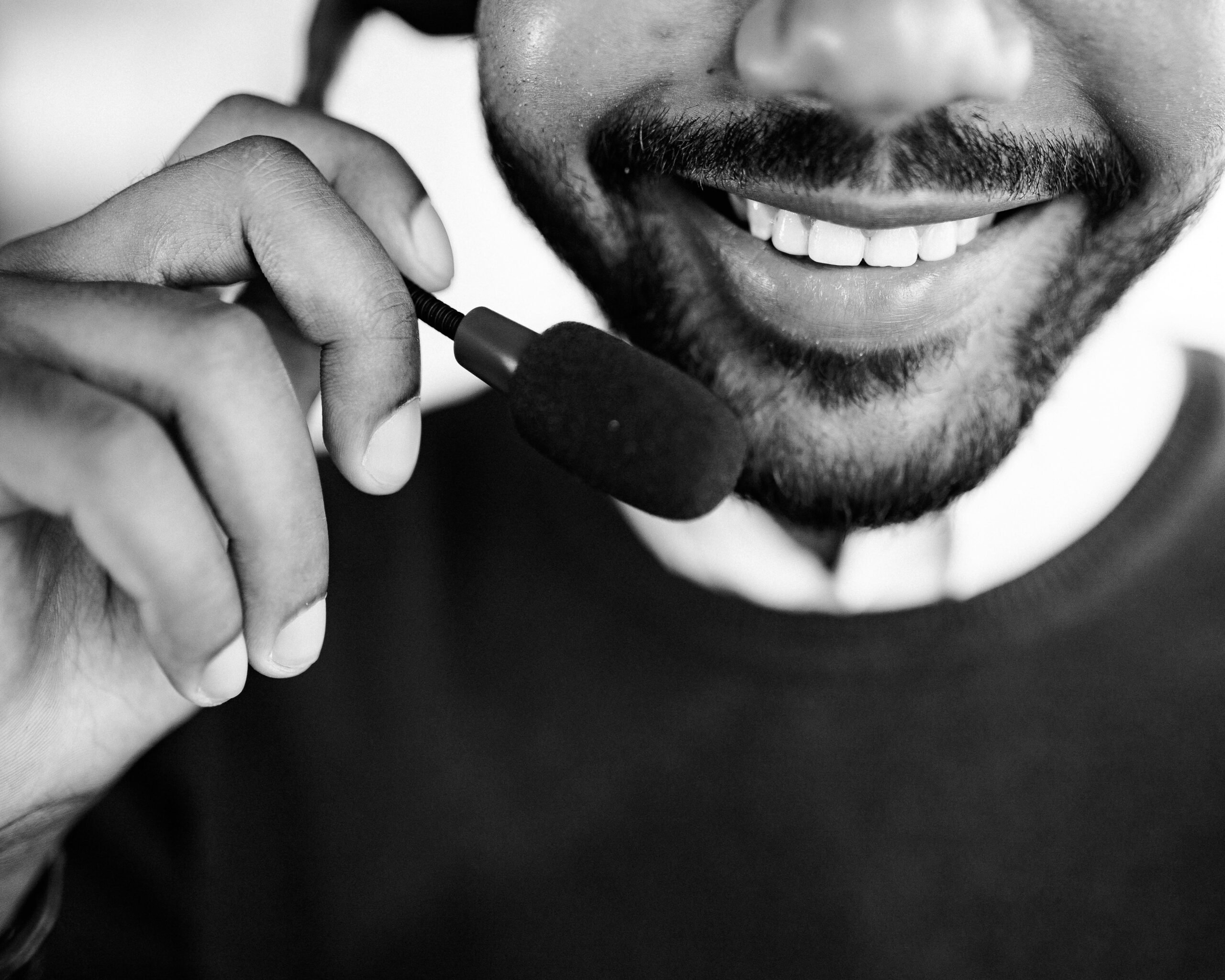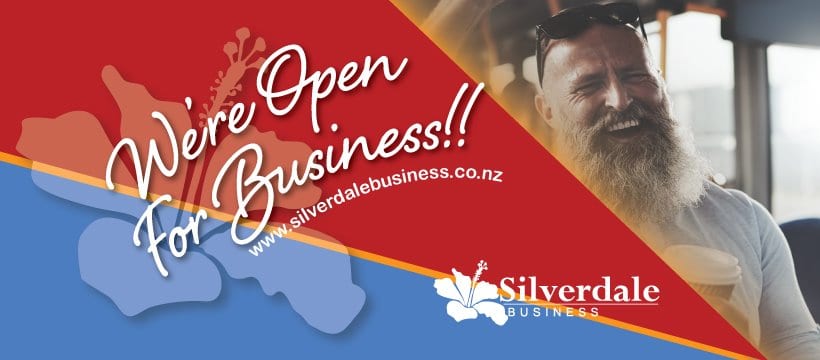Employers who tell their employees to ‘leave their personal problems at home’ may be contributing to a more hazardous workplace by increasing the risk of serious, even fatal, accidents on site.
Stats NZ reports a significant increase in the proportion of people with poor mental well-being, up from 22 per cent in 2018 to 28 per cent in 2021. How this impacts broader health and safety—for example, falls and accidents with machinery, power tools and forklifts—is a significant concern for +IMPAC, New Zealand’s leading health and safety experts.
Maxine Bowring, Health and Safety trainer at +IMPAC, said mental health issues cause distraction and anybody working on a construction or manufacturing site, among others, cannot afford to be distracted.
“There’s no data on what contribution mental health makes to workplace incidents because people can keep it hidden. Nobody may know that the person involved in an accident, for example, is going through a divorce, is trying to deal with excessive work-related stress, or having financial anxieties,” she said.
* A study by Tatauranga Aotearoa (StatsNZ) called New Zealanders’ Mental Wellbeing Declines, reports that the portion of people with poor mental wellbeing equates to more than a quarter of the population.
Bowring is leading +IMPAC’s rollout of Te Pou’s Mental Health First Aid Aotearoa programme across New Zealand, to increase mental health literacy in workplaces and give people the understanding and confidence to talk about depression, anxiety and suicide. New Zealand has one of the worst suicide rates amongst OECD countries, especially of young men (males are more than twice as likely to die from suicide than females), and particularly high for Māori males aged 15–44 years.
“Having somebody there to listen and offer support makes a significant difference. Having somebody in the workplace who can recognise the signs, offer a quiet word, a genuine conversation, and encourage them to seek professional help and support can save lives and help prevent workplace accidents.
“There is always somebody in the workplace that people seem to trust enough to take into their confidence — these are the people who will make ideal Mental Health First Aiders,” Bowring said.
Mental Health First Aiders are trained to approach, assess and assist. The process involves listening without judgement, providing information and support and encouraging the struggling person to seek professional help.
“Very often, people can see something is wrong, but they don’t know how to open the conversation. The title, qualification, and tools to open conversations will better position them to open up sensitive conversations with fellow workers.
“Mental health is not a visual thing. You cannot see what’s going on in somebody’s head. We assume everybody thinks and copes as we do, but we are all wired differently. Different genetics, different lives.”
Christchurch-based +IMPAC Health and Safety consultant and trainer, Louise Trevella, said that, unlike most health and safety training, people need a clearer picture of the risk in the workplace when it comes to mental health.
“Falling is a critical risk for people working at height, but with a number of known excellent controls around that activity, the likelihood of falls is reduced. Control measures can be applied when leaders understand the critical threat to their people. With mental health and suicide, people don’t clearly understand the risk—the hazard is not visible and they often don’t know what to do if they suspect there are mental health issues affecting one of their team.
“You can tell people to leave their problems at home, but that’s not going to happen. People bring their mental health issues, challenges and problems to work because we are human. You can’t just flick a switch.”
Trevella said certain states in Australia are even going so far as to legislate mental health and safety in the workplace.
“Employers are starting to understand that they have influence over a worker’s mental health and well-being and that they have an obligation to that worker’s mental health and safety, which is just as important as physical health and safety.
“Mental health issues can lead to physical accidents through distraction, loss of concentration and low environmental awareness. This can lead to poor decision making or uncoordinated activities.”
Trevella said the Te Pou Mental Health First Aid course delivered by +IMPAC creates mental health champions to foster conversation, knowledge and understanding of mental health in the workplace—a vast improvement on the little or no support for mental health in the lives of regular Kiwis.
“The workplace is becoming the place of first contact. Finally, Kiwis may have better access to mental health and safety than the vast majority of New Zealanders currently experience.”
She offers the following advice to employers who want to help those struggling with mental health in the workplace.
1. Assess what measures are currently available
Employers should ask what they are currently doing to protect their people on the mental health front. Assess how the company does business and what the business can tweak to make a real difference for its people.
“This may include revisiting how rosters are run, what social supports are in place and how tasks are carried out.”
2. Understand and communicate
“The Dr Hillary Bennett model suggests, in **Protecting Mental Wellbeing at Work, that employers assess the risk and do it by breaking work into four areas—organisation, tasks, environment and social. Work through those subtopics to understand what aspects of each subtopic may contribute to mental health issues.
“Use the assessment to open up a dialogue with your staff. Understand if they are thriving or just surviving. You can use tools such as Surviving to Thriving scales to get them to rate themselves by colour—red, amber, yellow or green; this can help normalise mental wellbeing conversations and assist in identifying where people are at emotionally or mentally. Mental Health Awareness Week (18 – 24 September 2023) is also a great opportunity to raise awareness. It shows you care,” Trevella said.
3. Be ‘CPR’ prepared
+IMPAC’s rollout of Te Pou’s Mental Health First Aid Aotearoa course is like CPR training, but for mental health. Most workplaces have first aiders, defibrillators and first aid kits, and +IMPAC supported by its broad repertoire of H+S consulting and training, plans to lead the drive in putting mental health first aiders into the workplace.
“One in four Kiwis report that they are experiencing mental health issues. Mental Health First Aid in the workplace is a grassroots approach to tackling this problem. If we can change the culture, we can fundamentally impact all New Zealanders’ mental health and well-being.
“Our focus is, and always will be, to get everyone home from work to their loved ones, safe and well.”
Ends.












